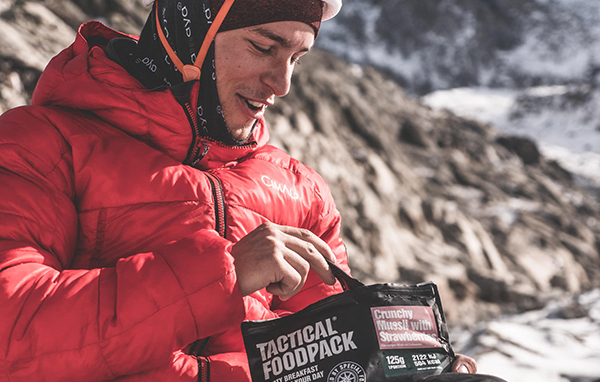Playing sports is an awesome way to stay fit, make friends, and push yourself. But, with all the fun and excitement, there’s always a risk of getting hurt. That’s why safety should be a top priority for athletes. From helmets to the perfect shoes, discover everything you need to know to stay safe and enjoy your favorite sports to the fullest!
Why Preventing Sports Injuries is Crucial for Athletes
Injuries can sideline athletes for weeks, months, or even permanently. Preventing injuries allows athletes to continue doing what they love and maintain peak performance. An injury not only affects physical abilities but also takes a toll on mental health. By taking preventive measures, athletes can ensure they stay in the game and enjoy long, successful careers.
Common Sports Injuries You Should Know About
Understanding common sports injuries is the first step toward prevention. Here are some prevalent injuries across various sports:
Sprains and Strains
Sprains involve ligaments, while strains affect muscles or tendons. Both can occur from overuse or sudden, awkward movements. They are common in sports like basketball, soccer, and tennis.
Fractures
Fractures or broken bones happen due to high-impact collisions or falls. They are often seen in contact sports like football and hockey.
Concussions
Concussions are brain injuries caused by a blow to the head. They are particularly risky in high-contact sports such as football, boxing, and rugby.
The Role of Protective Equipment in Injury Prevention
Protective gear is a game-changer when it comes to reducing the risk of sports injuries. Here’s a detailed look at how different types of equipment can keep you safe:
Helmets
Helmets are essential for sports like football, hockey, and cycling. They protect the skull and brain from traumatic injuries. Ensure your helmet fits properly and meets safety standards.
Padding
Shoulder pads, knee pads, and elbow pads provide cushioning against impacts. They are crucial in sports like football, hockey, and skateboarding. Proper padding can absorb and distribute the force of hits, reducing the risk of fractures and bruises.
Footwear
The right footwear offers support, traction, and protection. Different sports require specific types of shoes. For instance, soccer cleats provide grip on grassy fields, while running shoes offer cushioning for track athletes.
Mouthguards
Sports mouthguards protect teeth and gums from injury in contact sports like boxing and football. They reduce the risk of dental injuries and concussions.
Choosing the Right Protective Gear
Selecting the right gear is vital for maximizing safety and performance. Here’s how to choose the best equipment for your needs:
Understand Your Sport’s Requirements
Different sports have unique protective gear requirements. Research or consult with a coach to understand what equipment is essential for your sport.
Fit and Comfort
Protective gear should fit snugly without restricting movement. An ill-fitting helmet or knee pad can be more harmful than helpful. Always try on equipment before purchasing and ensure it feels comfortable.
Quality and Standards
Choose gear that meets industry safety standards. Look for certifications from organizations like the National Operating Committee on Standards for Athletic Equipment (NOCSAE) or ASTM International.
Proper Use and Maintenance of Protective Equipment
To ensure your gear provides maximum protection, it’s essential to use and maintain it correctly:
Correct Usage
Always wear your protective gear as intended. For example, a helmet should sit level on your head and cover your forehead. Follow manufacturer guidelines for proper usage.
Regular Inspection
Regularly inspect your gear for signs of wear and tear. Look for cracks in helmets, worn-out padding, and frayed straps. Replace damaged equipment immediately.
Cleaning and Storage
Keep your gear clean to prevent bacteria buildup and odors. Follow cleaning instructions from the manufacturer. Store equipment in a cool, dry place to prolong its life.
The Future of Sports Safety
Emerging technologies and trends are revolutionizing sports safety. Here’s a glimpse into the future of protective equipment:
Smart Helmets
Smart helmets equipped with sensors can detect impacts and provide real-time data on the severity of hits. This technology can help identify potential concussions early and prevent further injury.
Advanced Materials
Innovations in materials are leading to more durable and lightweight protective gear. For example, impact-resistant foams and carbon fiber are being used to enhance the safety and comfort of helmets and pads.
Wearable Technology
Wearable devices can monitor an athlete’s performance and detect signs of fatigue or stress. This data can help prevent overuse injuries and optimize training regimens.
Conclusion
Preventing sports injuries is essential for athletes who want to stay in peak condition and enjoy long, successful careers. Protective equipment plays a crucial role in reducing the risk of injuries. By understanding common injuries, choosing the right gear, and maintaining it properly, athletes can stay safe while excelling in their chosen sports.









